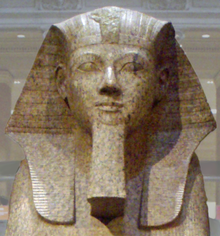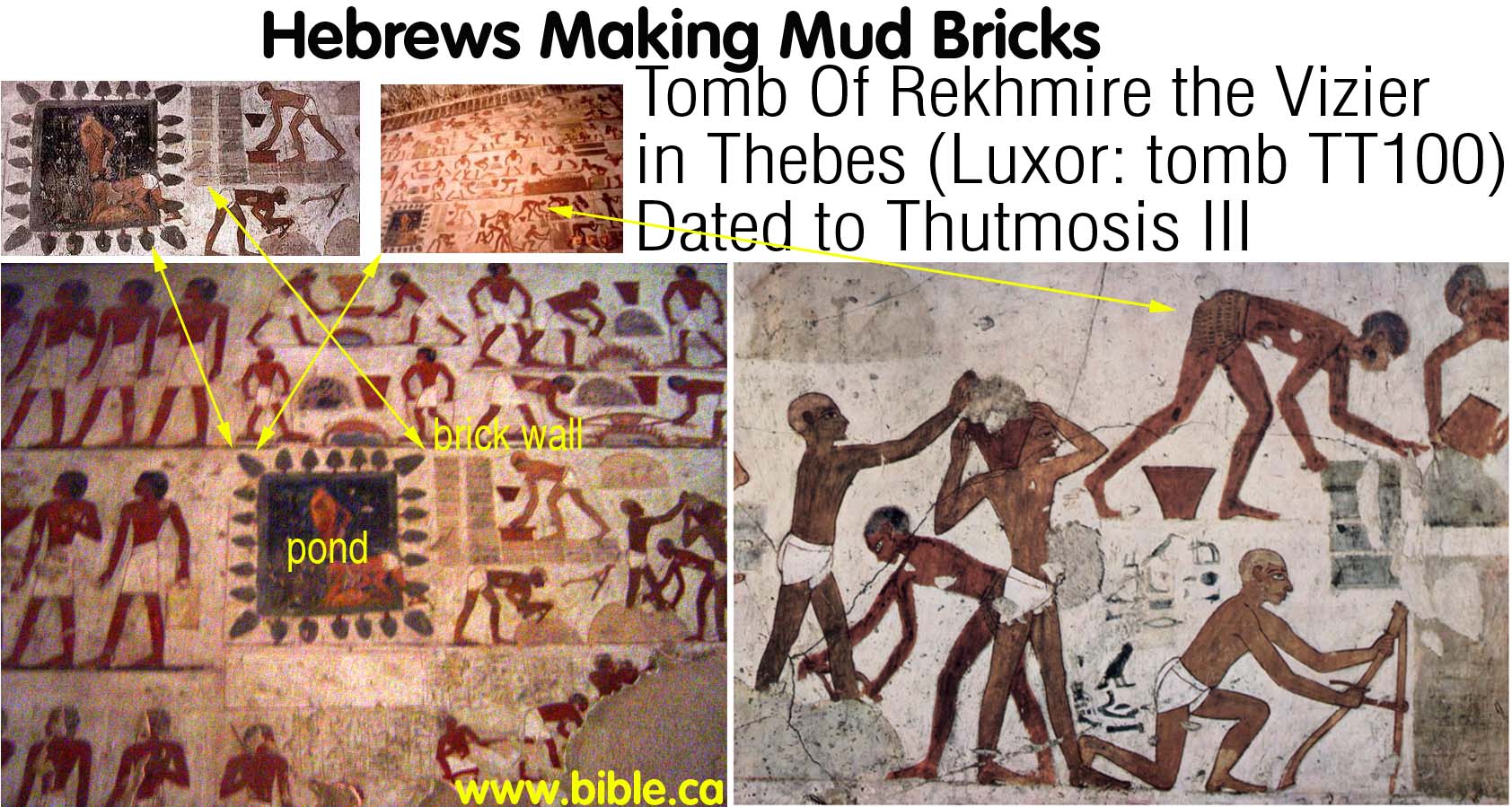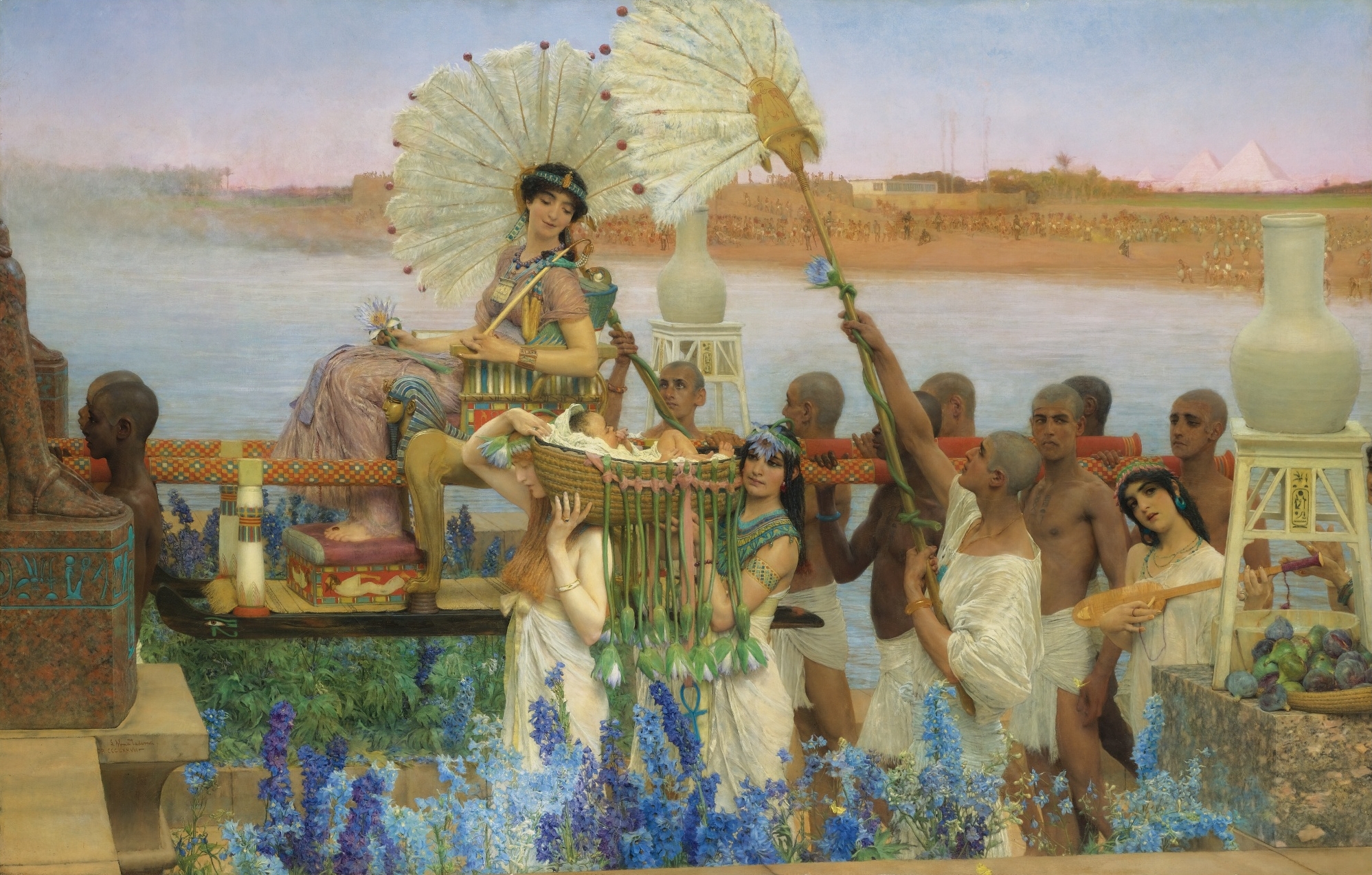"And the daughter of Pharaoh came down to wash herself at the river; and her maidens walked along by the river's side; and when she saw the ark among the flags, she sent her maid to fetch it.
And when she had opened it, she saw the child: and, behold, the babe wept. And she had compassion on him, and said, This is one of the Hebrews' children.
Then said his sister to Pharaoh's daughter, Shall I go and call to thee a nurse of the Hebrew women, that she may nurse the child for thee?
And Pharaoh's daughter said to her, Go. And the maid went and called the child's mother.And Pharaoh's daughter said unto her, Take this child away, and nurse it for me, and I will give thee thy wages. And the women took the child, and nursed it.
And the child grew, and she brought him unto Pharaoh's daughter, and he became her son. And she called his name Moses: and she said, Because I drew him out of the water."
~ Exodus 2:5-10
Have you ever wondered which historical princess in Egypt was the "daughter of Pharaoh" who rescued the Hebrew child from the river? There have been some valid speculations which are very interesting to study. Here you will find the first theory that we discussed utilizing the "Revised Egyptian Chronology". Today, we will focus on another thought based on the "Traditional Egyptian Chronology". This group of archaeologists present evidence that it may have been the Queen Hatshepsut of the 18th Dynasty. Was she responsible for adopting the baby Moses?
 |
Fragmentary statue of Hatshepsut, quartz diorite,
c. 1498–1483 BC Museum of Fine Arts, Boston
|
Some potential clues:
- She had no sons of her own and it would have been important for her to secure an heir to her throne. A baby floating in a basket in the Nile would have seemed like a gift from the gods. (She did have a step son whom she co-reigned with. However, he was second fiddle to the throne as she declared herself the Pharaoh and often wore a false beard which further depicted her "manly status" as king.)
 |
| Large granite sphinx bearing the likeness of the pharaoh Hatshepsut, depicted with the traditional false beard, a symbol of her pharaonic power—Metropolitan Museum of Art. |
- According to "Traditional Egyptian Chronology" Timeline,
"Hatshepsut was the sole child who survived past infancy of the Queen consort, Ahmose, and her Pharaoh father, Thutmosis I. Queen Ahmose gave Thutmosis I four children, three of whom died in their youth (LoMusio 1989:85). Thus, Hatshepsut was the only woman in 1526 BC who could have had the title “Pharaoh’s daughter,” the designation given in Exodus to the person who saved Moses and later adopted him." ~ D. Hansen (Web Source)
 |
| Stone Statue of Hatshepsut |
- At some point in her reign, there was a revolt against her. Her step-son, Thutmosis III, finally took over. Some speculate that he saw the opportunity to remove Moses from the picture once the death of the Egyptian became known. This would give him the complete rule (which he was entitled to) and cause Moses to flee to Midian to escape the wrath of Pharoah who would consider him a threat to the throne (Hebrews 11:24). The revolution took place at the same time the traditional dates would have assumed Moses to be on the run, 1483 BCE (web source).
 |
| Hatshepsut's Temple |
- We can see in history that Thutmosis III (her step-son) spent some time in covering up the existence of Hatshepsut after her reign (many of her monuments, etc., were defaced and destroyed). Some archaeologists assume it is because she adopted "Moses" and trained him to be the next Pharaoh which clearly would have upset Thutmosis III, who was the rightful heir. According to Tyldesley, J:
"Hatshepsut died ca. 1483 BC and Thutmosis III reigned alone for another 33 years. Whether Hatshepsut died a natural death, or was murdered, is disputed by Egyptologists. What is known is that many of Hatshepsut’s monuments and statues were defaced or destroyed after her departure. Her name was erased from cartouches across the land and replaced with the names of her father or husband/half-brother (LoMusio 1989:87). This would indicate that Thutmosis III acquiesced to removing her memory, understandable if he had had to play a secondary role to her during the first 22 years of his reign. Davis agrees with this interpretation and writes that,
"the vengeance sought upon Moses was not due only to Moses’ murder of an Egyptian official, but also to his possible association with Hatshepsut (1986:42)."' (Web Source)

- A final clue was that the 18th Dynasty prided themselves in building and there are pictures during their reign of foreign slaves making bricks which would align with Hebrew captivity according to the "Traditional Egyptian Chronology" (Web Source 1 and 2.
Although there is interesting information linking Hatshepsut as "Pharaoh's Daughter", the scholars who adopt the "Revised Egyptian Chronology" (shared in the first theory) give reasons for her to be Queen of Sheba (this will be shared in the future). Either way, these are exciting ideas to ponder! Once again, we must realize that the Bible is true history and features real people from the past. Present these suggestions to your children, sisters and friends in order to solidify the Scriptures. Study the different theories...
"The heart of the discerning acquires knowledge,
for the ears of the wise seek it out."
~ Proverbs 18:15
I encourage you to bring the Bible to life by breathing historical information into these events! There are so many fairy tales in this world, we don't want the Holy Word to be mistaken for one...
Information for this post was gleaned from ~
 |
| The Finding of Moses by Sir Lawrence Alma-Tadema |
The first theory is shared here...
Which one convicts you? Or do you have other ideas?
(I personally agree with the Revised Chronology shared in theory one.)

Which one convicts you? Or do you have other ideas?
(I personally agree with the Revised Chronology shared in theory one.)




I just found your blog through the Wise Woman link-up and love it!
ReplyDeleteThank you for creating such a wonderful place on the web. :)
Thank you for the encouraging words! :)
DeleteI never thought about it. But I've learned that the Queen of Sheba not an Egyptian queen was :-)
ReplyDeleteThere is so much speculation about her, a very interesting woman!
DeleteI love to learn new things on you blog and love the style and the pictures. So.. I've nominated you for a Liebster Award. (I could not find out how many followers you have...so I hope it's under a 200 : ) Your blog is encouraging to me, so please take a look at
ReplyDeletehttp://eigenwijslandelijkgeinspireerd.blogspot.nl/2012/11/liebster-blog-award.html
Hope you like it!
Greetings,
Annemieke
Thank you so much for the honor :) I have left you a message on your blog! Have a wonderful week! ~ JES
Delete